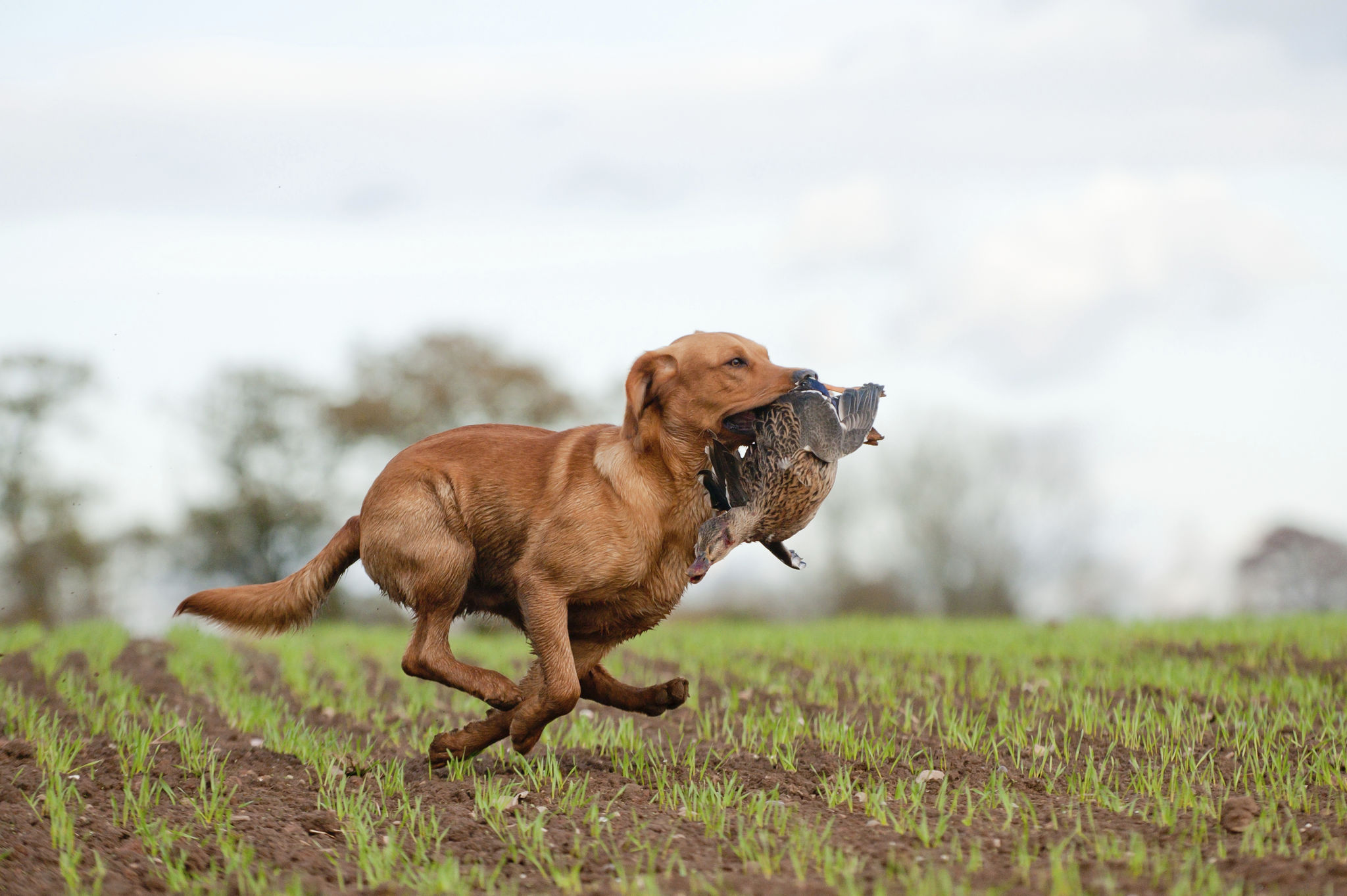Dog Enrichment: Why It’s a Natural Instinct, Not a Training Exercise
Dog Enrichment: A Biological Need, Not a Conditioned Response
Think about your favorite hobby. Maybe you love painting, hiking, playing music, or binge-watching true crime documentaries while convincing yourself you could totally solve a case. Did someone have to train you to enjoy those things? Probably not. You were drawn to them naturally.
Dogs are the same way.
Dog enrichment—activities that mentally, physically, and emotionally engage your dog—is not something you train them to enjoy. It’s biologically wired into them. Just like people don’t choose what hobbies make them happy, dogs don’t decide what type of enrichment fulfills them. They just know what they need.
Yet, so many people approach enrichment as if they get to pick what their dog finds enjoyable. But here’s the truth: you don’t choose your dog’s enrichment needs—nature already did.
Why Dog Enrichment Is Rooted in Instinct, Not Obedience
Somewhere along the way, dog owners started treating enrichment like an extension of obedience training, thinking they could simply decide what their dog enjoys. But dog enrichment isn’t a learned behavior—it’s an instinctive, biological drive.
- A Border Collie doesn’t learn to enjoy herding—it’s ingrained in them.
- A Labrador Retriever doesn’t choose to love fetching—it’s in their DNA.
- A Beagle doesn’t bark and sniff because they were trained to—it’s how they’re wired.
The same way you don’t have to be trained to find certain activities fulfilling, dogs don’t need to be convinced to enjoy the things that come naturally to them.
Enrichment is about allowing your dog to engage in activities that align with their instincts.

Understanding Different Types of Dog Enrichment
Every dog has different biological needs, just like every person has different interests. Imagine forcing a bookworm to take up extreme sports or an adrenaline junkie to spend their free time knitting. That’s what it’s like when we try to dictate what kind of enrichment a dog should enjoy rather than letting them show us what they need.
- Mental Stimulation for Dogs – Some dogs are problem-solvers and thrive on puzzle toys, scent work, and interactive games.
- Foraging and Sniffing Games – Many dogs are natural foragers and love searching, sniffing, and digging to stay engaged.
- High-Energy Activities for Active Dogs – Some breeds need to chase, run, and catch to fulfill their drive. Fetch, flirt poles, and agility work wonders.
- Chewing and Shredding for Stress Relief – Some dogs find chewing and shredding therapeutic—it’s not destruction; it’s a mental release.
The key to effective dog enrichment is observing what they naturally gravitate toward and providing healthy ways for them to express those instincts.

What Happens When Dogs Don’t Get Proper Enrichment?
Here’s where things go wrong: when a dog’s natural enrichment needs aren’t met, they find their own ways to meet them. And usually? That doesn’t go over well with their human.
- A dog that isn’t given proper chewing outlets will find your furniture irresistible.
- A high-energy dog without enough physical stimulation will turn your home into a racetrack.
- A scent-driven dog without sniffing opportunities will turn every walk into a tug-of-war battle.
If you don’t provide enrichment that aligns with your dog’s instincts, they will create their own. And their version of fun is probably not going to match yours.
How to Provide the Best Dog Enrichment Activities
Since dog enrichment isn’t something you train your dog to enjoy, your role isn’t to choose their enrichment—it’s to discover and support it. Here’s how:
- Observe your dog. What do they naturally love doing? What activities make them light up?
- Provide safe outlets. If your dog loves digging, give them a sandbox. If they love chasing, incorporate games that let them fulfill that instinct.
- Rotate activities. Dog enrichment isn’t a one-size-fits-all deal. Mix up activities to keep things fresh and engaging.
- Respect their preferences. Just because a dog “should” enjoy a certain type of enrichment doesn’t mean they will. Let them lead the way.
The Importance of Enrichment for a Well-Balanced Dog
Dog enrichment isn’t about training—it’s about fulfilling their natural instincts. When we stop treating enrichment like a choice and start seeing it as a biological necessity, we create happier, healthier, and more balanced dogs.
Because at the end of the day, dogs don’t need to be taught what makes them happy. They just need the opportunity to do it.
Want More Guidance? Check Out Our Training Resources
Grab a copy of my Building Food Motivation PDF on Etsy to start building your dog’s engagement and focus.
Dive into our Online Course at Training Dogs Online, where we walk you step by step through proven training strategies for real-life success.
Curious about who we are? Learn more about us, our philosophy, and why we’re passionate about helping dogs and their owners thrive.
-Cher Wood
